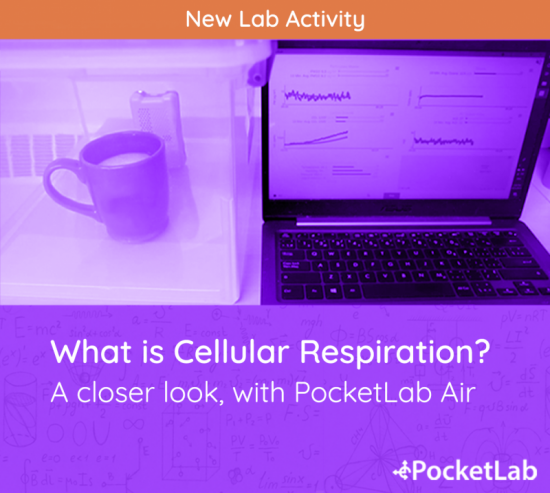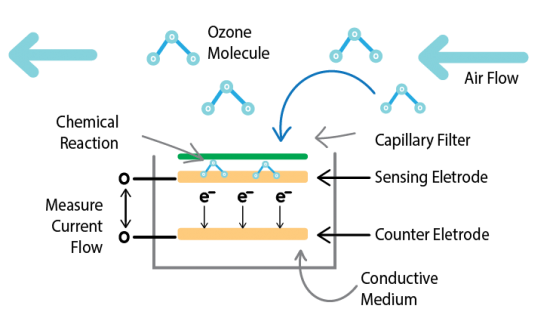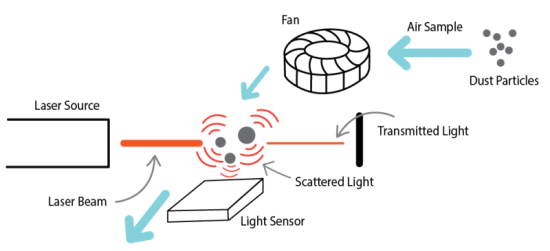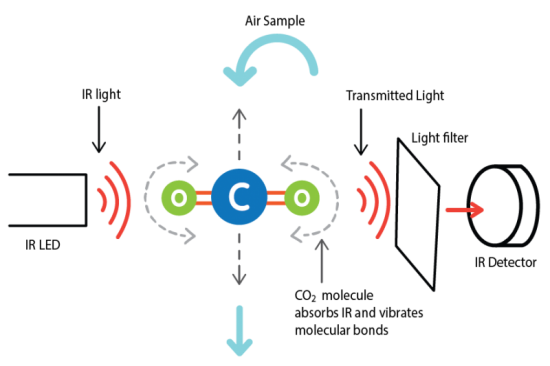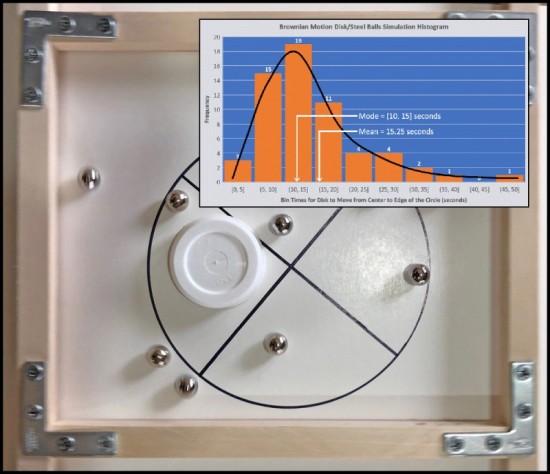How much Carbon Dioxide do you Produce? (MS-ESS3-4 )
It is almost instinctive when you first get the PocketLab Air to breathe directly on it just to see what happens. As seen below, of the PocketLab Air's seven sensors, five of them detect changes from a direct human breath. These parameters are carbon dioxide, particulate matter, temperature, humidity, and pressure. The most interesting of these is the sharp rise in carbon dioxide which, as the most important greenhouse gas, brings about strong connections to the topic of climate change.



